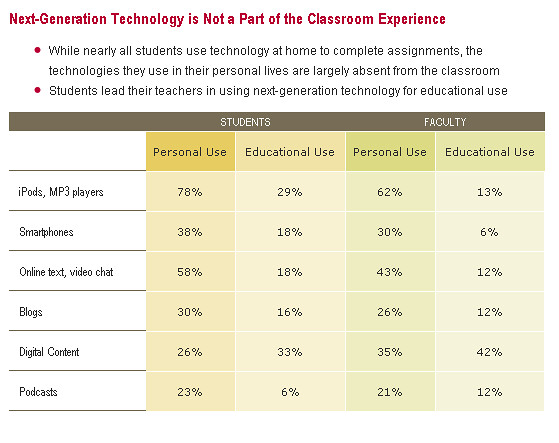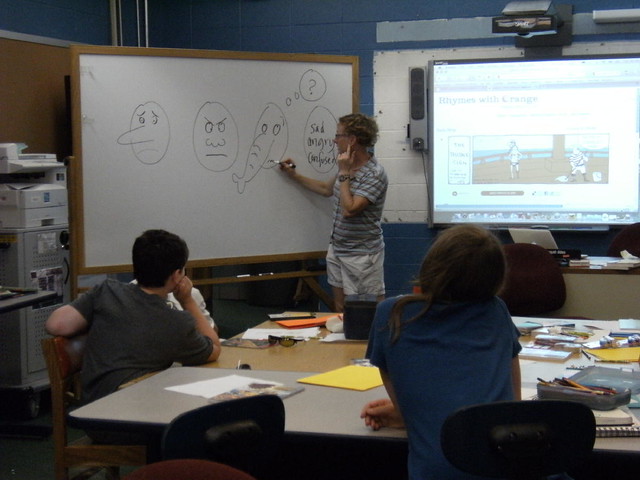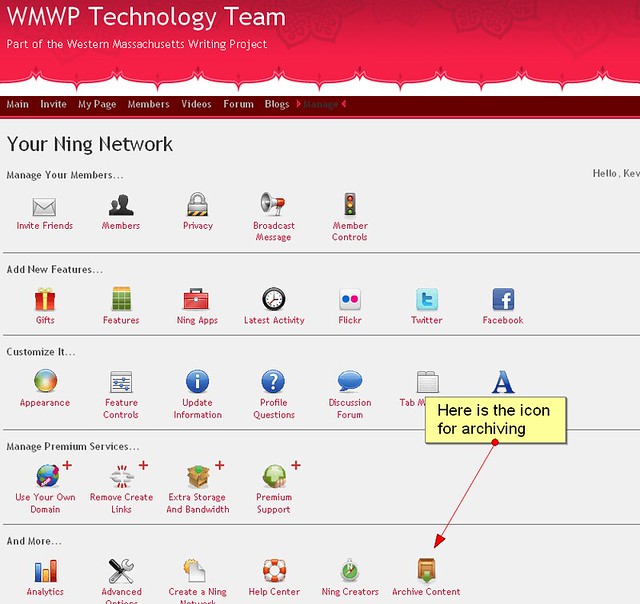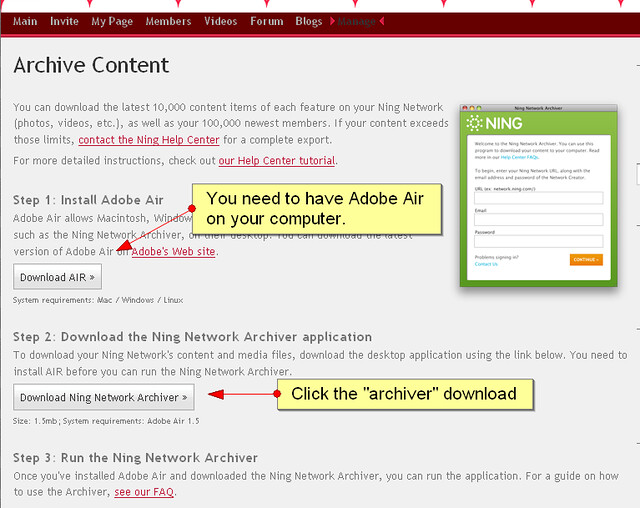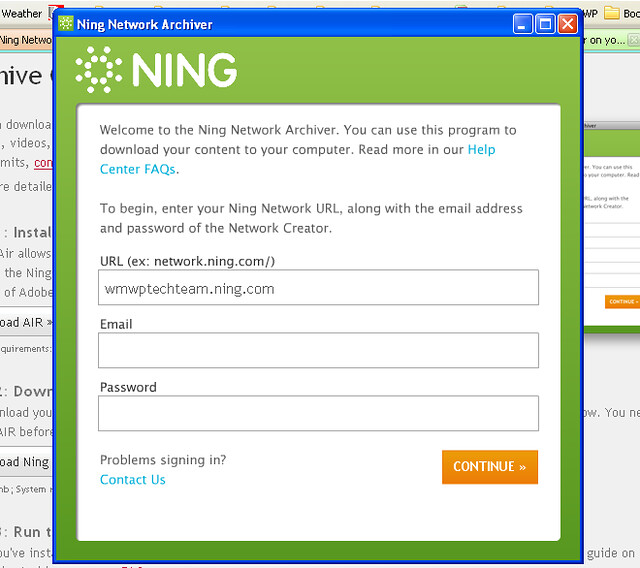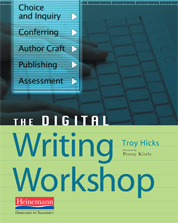And so, the final frame has been inked.
🙂
Yesterday, our four-day Webcomic Camp for middle school students came to an end and even though it is a lot of work to plan for the camp and sucks up half of a summer day, I was pretty sad to see our artists/writers walk out the door yesterday. They had accomplished a lot in four days.
One idea that my colleague Tom had was to have each student present to the rest of us some of their comics, even if the comics were still underway and uncompleted. They could use any platform they wanted — digital or not — and it was nice to see a whole mix of comics and graphic stories underway or completed. This idea of a presentation of some work really gave the kids focus during the last two days of camp, as did the use of some forms around character development and plot design. Tom also set up a table where he regularly checked in with kids (while I was doing tech work).
There was a whole range of talent, from just beginning to one kid who clearly has incredible talent as an artist and illustrator and was completely engaged when watching The Cartoonist documentary about Jeff Smith and his Bone series.
This eighth-grader has already created an entire world for a graphic novel, complete with characters with back stories, and although he did smaller pieces for camp, he “sees” a much larger story unfolding for a graphic novel in the future. This kid has talent, and luckily, he already knows Hilary Price (of Rhymes with Orange fame) and will work with her a bit.
Me? I was so wrapped up in helping kids and gathering their work for our camp website (which we used as our presentation platform) that I never got to even start a comic with them. Tom did, though, and I hope he keeps going with it. I did finally figure out how to use iPhoto this camp, however, and how to resize photos (How come I can’t do it directly in iPhoto?) that allowed me to work on our camp website right in class as they were completing their work. (The Mac is still my learning curve).
We had them leave camp with our style of exit slip: they had to draw us a final comic on paper, and when they handed that in, we gave them a camp t-shirt and another free graphic novel (from my pile). And since we have our Bitstrip site up for at least another month, they can continue to make comics on their own. I hope they do.
Peace (on the funny pages),
Kevin
